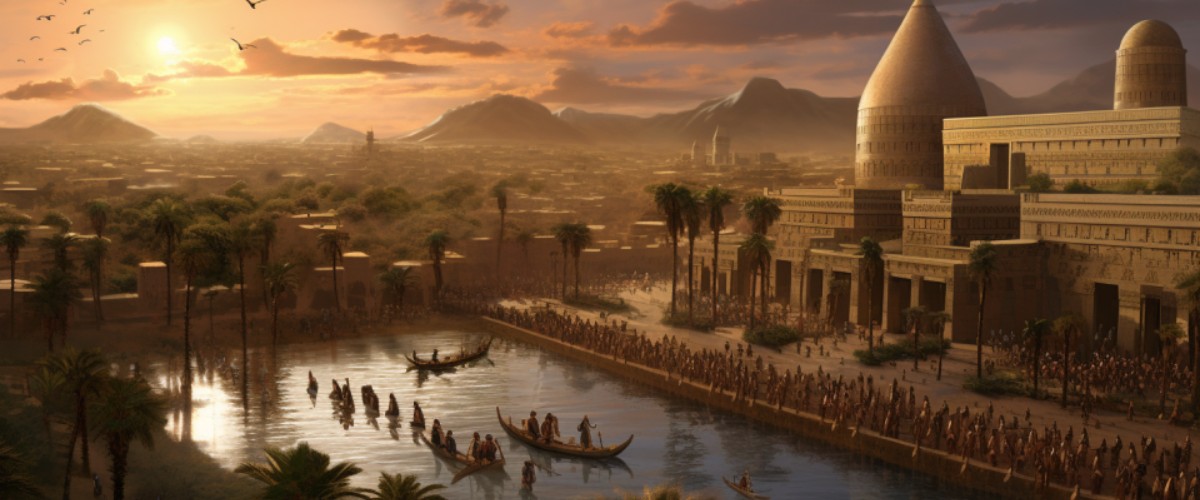In the rich tapestry of human history, the formation of ancient civilisations around 3,500 BCE marks a pivotal era where humanity transitioned from nomadic lifestyles to organised societies. This fundamental shift sowed seeds of innovation, culture, and governance, which burgeoned into the establishment of some of the most iconic civilisations globally.
Background: A Confluence of Circumstances
- Shift from Nomadism to Settlement
- Transition from hunter-gatherer lifestyles to settled farming.
- Development of agricultural practices enabling surplus production.
- Rise of Social Structures
- Emanation of social hierarchies and leadership roles.
- Emergence of organised religions and belief systems.
- Influential Entities
- Mesopotamia: Widely regarded as the cradle of civilisation.
- Ancient Egypt: Epitomised by its iconic pyramids and hieroglyphs.
Major Happenings: Landmarks in Civilisation Development
- Mesopotamia
- Emergence around the Tigris and Euphrates rivers.
- Development of writing (Cuneiform) and legal codes.
- Ancient Egypt
- Robust construction of pyramids, tombs for pharaohs.
- Establishment of a sophisticated bureaucratic system.
- Indus Valley Civilisation
- Elaborate urban planning and advanced architecture.
- Pioneering techniques in metallurgy and craftmanship.
- Ancient China
- Invention of paper and gunpowder.
- Formulation of Confucianism and Taoism.
Immediate Outcomes: Widespread Consequences
- Technological and Cultural Advancements
- Development and proliferation of writing systems.
- Initiation of complex architectural feats.
- Socio-Political Ramifications
- Establishment of monarchies and ruling dynasties.
- Expansion of territories through conquest and alliances.
Long-term Impact: A Lasting Legacy
- Proliferation of Knowledge
- Distribution of technological and agricultural know-how across regions.
- Propagation of philosophical thoughts and religious beliefs.
- Cultural Dissemination
- Development and spread of languages.
- Dissemination of art, mythology, and cultural practices across continents.
- Political and Social Structures
- Emergence of nation-states and modern governance frameworks.
- Continuation and adaptation of legal systems and bureaucratic structures.
Conclusion: Unveiling the Pillars of Present Day
The formation of ancient civilisations, which erupted around 3,500 BCE, ceaselessly echoes in the corridors of our contemporary existence. From the structured governance systems to the intricate tapestries of our cultural and technological developments, the imprints of these bygone eras are indelibly etched into the very fabric of our modern societies. Moreover, as we explore our potential to forge ahead, it is imperative that we continually draw upon the wisdom, innovations, and lessons from these ancient civilisations, navigating through the labyrinth of our shared past to sculpt a future that harmoniously intertwines with the roots of our collective ancestry.








